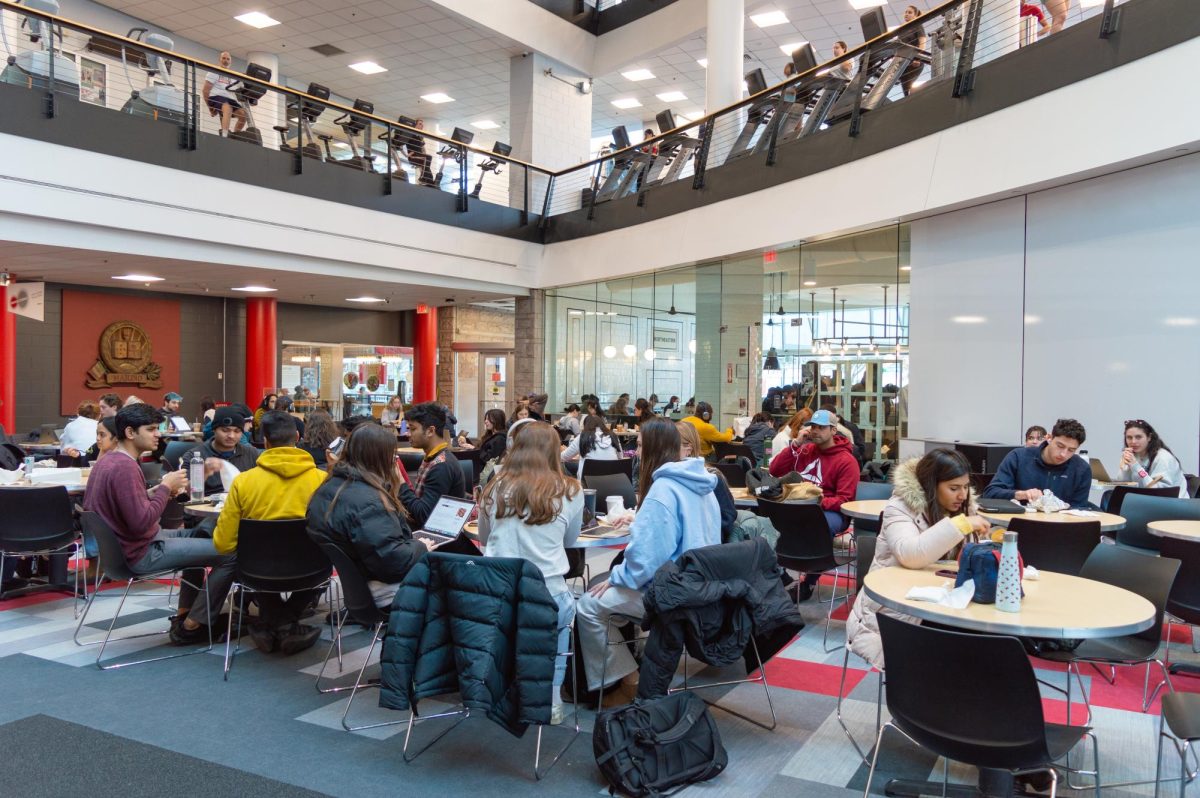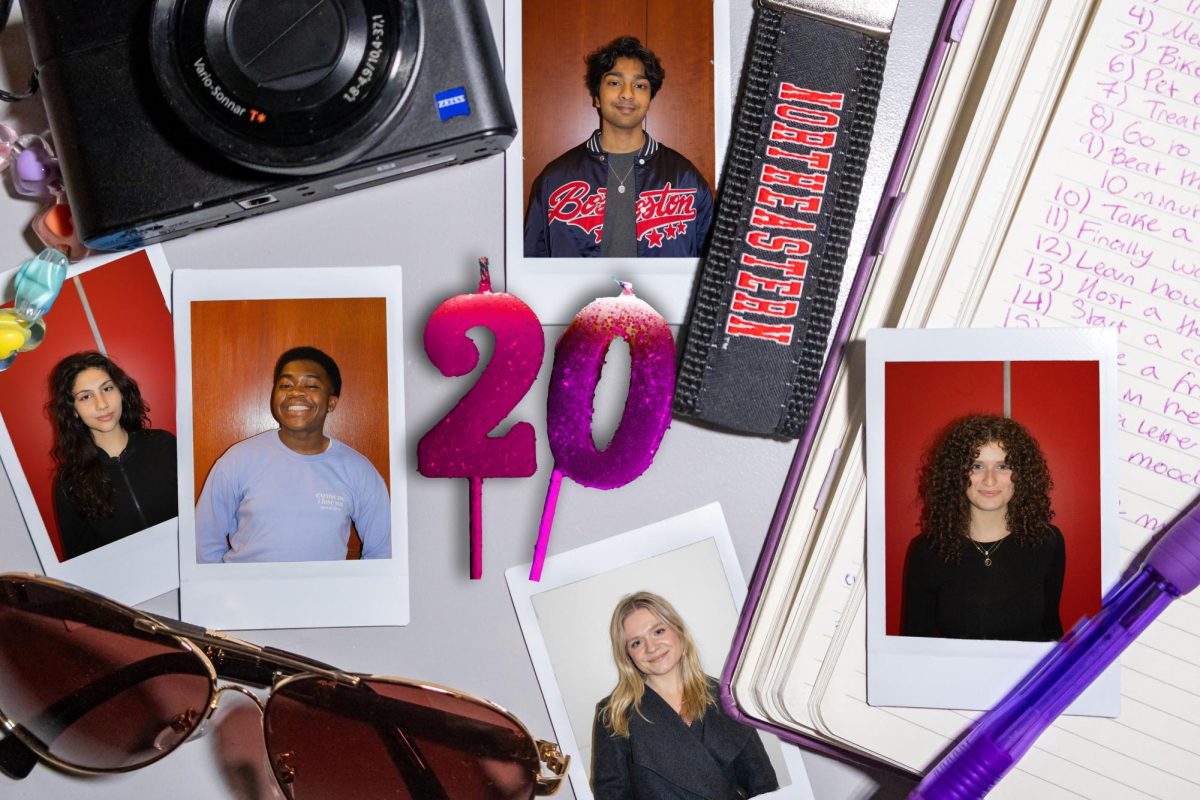By Brendan Reilly
Statistics released by the Division of Public Safety at Northeastern have shown a sharp increase in crime and liquor law/drug violations on campus, but university officials say these statistics have been misinterpreted. Some officials say that the university has actually become stricter in enforcing policies than it has been in the past.
James Ferrier, associate director of Public Safety at NU, said the “drastic” increase the statistics seem to reveal are in fact, not so drastic.
“There are several factors that go into play and make it seem like crime has dramatically increased at Northeastern,” Ferrier said.
One of the factors Ferrier cites as a prime reason for the apparent increase is a change in the way these statistics are reported. Every college and university in the United States is required to report crime statistics according to the definitions and parameters set by the Federal Bureau of Investigation. Four years ago, the government changed the parameters for reporting these statistics.
Before 1999, the university was only required to report the number of incidents handled by the NUPD. Since then, the federal government has required the inclusion of all cases of violations handled by residential staff members as well. Cases that did not result in an arrest, but perhaps a referral to the Office of Student Conduct and Conflict Resolution, would now be tallied as well.
These numbers had never been included before, so statistics from 1998 to 1999 seemed to jump by the hundreds.
“It’s not like we had 50 violations one year and then 600 the next,” Ferrier said. “The change in how these statistics are compiled is where those numbers came from.”
In 2000, there were 59 students arrested by NUPD for liquor law violations in residence halls and zero arrests made in non-residence facilities. But when the number of students dealt with by residential staff were included, which were not reported to the police, there were 671 cases of liquor law violations and zero cases in non-residence facilities.
In the Safety and Security Information Report that the Division of Public Safety publishes and mails to every NU student each year, the difference between 1998 and 1999 seemed to be staggering. However, the actual increase was far smaller than it appeared to be. Statistics for 2002 will be compiled this summer and mailed out to students by Oct. 15, 2003.
Another factor Ferrier said contributes to the rise in violations on campus is the nearly doubling of the on-campus student population over the past several years.
“If you have twice the amount of students living on campus, you would think that the crime rate would double with it,” Ferrier said. “But we certainly haven’t had that happen. The crime rate seems actually lower now.”
In 1999, the number of drug violations on campus was 92. In 2000, that number went up to 115 and then dropped to 62 in 2001. With the addition of several new residence halls over the past 10 years has come an increase in the number of students living on campus. Ferrier said that though the student population has increased, Public Safety is prepared and is well equipped and staffed to handle the added students.
“We’re usually given a two to three-year head-start when the university decides to put up a new residence hall,” Ferrier said. “That gives us time to recruit and train new officers so we are ready for the larger number of students. As the university grows and expands, so does Public Safety. Northeastern has a tremendous record of being committed to the safety of students on campus and has allocated the necessary funds to us and certainly will in the future.”
The Division of Public Safety has received federal grants meant to pay for new officers to keep in pace with the university’s growth over the years. In 1998, NU received a grant that paid for the hiring of four new officers. Another grant in 1999 facilitated the hiring of four more officers, followed by a third grant with two more officers in 2000.
Ferrier said the Division of Public Safety is also closely involved in the structural planning of new residence halls, specifically security systems, fire exits and alarms. This allows NUPD to be prepared for dealing with the added students in the facility once it opens.
“We have a policy at Northeastern that we are not going to tolerate the behavior that can result from drug and alcohol use that negatively impacts the quality of student life at Northeastern,” Ferrier said. “Are we spying on people? No. But the ones who are stumbling over themselves and vomiting are the ones we are going to deal with.”
Associate Dean and Director of Residential Life M.L. Langlie echoed Ferrier’s sentiments, saying that NU has become much stronger in enforcing policies.
“When I first came to Northeastern in ’98 I was concerned that our policies were not strict enough,” she said. “Specifically, I thought our sanctions were not meaningful enough and did not cause students to change their behavior.”
Langlie said she was also convinced that the delay between an incident and the subsequent judicial hearing was far too long. In the fall of 1999, Langlie convened a task force that focused on alcohol and drug offenses on campus and worked with Resident Assistants and Directors to combat the problem. She said that RAs began to feel that they had the support of the university and were able to be more effective in deterring such behavior.
“It’s normal for a freshman to test the policies of the university and how strictly they are enforced,” she said. “Now we are looking more at students who repeat their offenses and threaten their status as a Northeastern student.”








